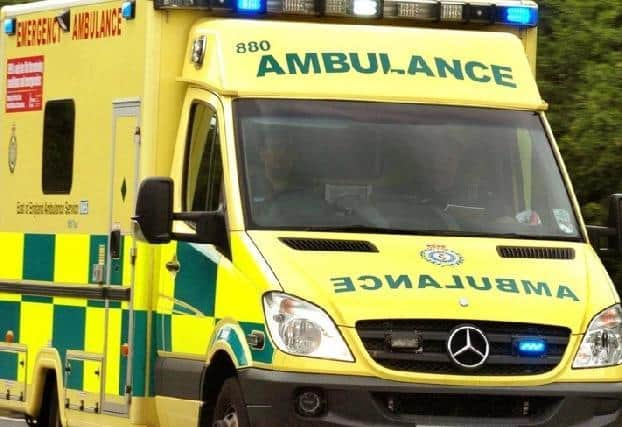Ambulance service gives vital lifesaving tips for Peterborough and Cambridgeshire residents in an emergency
and live on Freeview channel 276
During the winter months, when daylight hours are more limited, it is even more important for householders and businesses to know how to make their properties identifiable from the road. Many have their names and numbers concealed by trees or overgrown hedges, are too small to see or, worse still, have no signage at all.
The East of England Ambulance Service NHS Trust (EEAST) is urging people to get familiar with six simple tips to prepare for an emergency and when waiting for a response:
Advertisement
Hide AdAdvertisement
Hide Ad. Make sure the house number is large enough, and in a place, where it can be seen from the road


. If possible, place the house name or number on a wall or gate post next to the road as well as on the door
. Cut back foliage regularly so the front of the property can be seen
. Ensure the number or name stands out – black on white or vice versa is best
Advertisement
Hide AdAdvertisement
Hide Ad. When waiting for a response, leave hazard lights on a car parked in the drive or on the road and switch on inside and outside lights at the property
. Obtain your home’s map grid reference (Easting and Northing) and what3words to have handy in case of emergency.
If you are calling the ambulance service from a less obvious address you can help by giving the call handler clear instructions on how to find the property. For instance:
. Is the address in a neighbourhood which has multiple entrances? If so, which one are you closest to?
Advertisement
Hide AdAdvertisement
Hide Ad. Is it near a bus stop, pay phone, letter box, lay-by, or other ‘landmark’?
. What colour is the front door?
. Is there someone who will be outside to flag them down?
Marcus Bailey, trust chief operating officer, said: “Every minute saved is vital to a patient’s chances of survival. Making sure our crews and volunteers can clearly identify your location can help avoid crucial seconds or minutes being lost by crews not being able to find your property.”